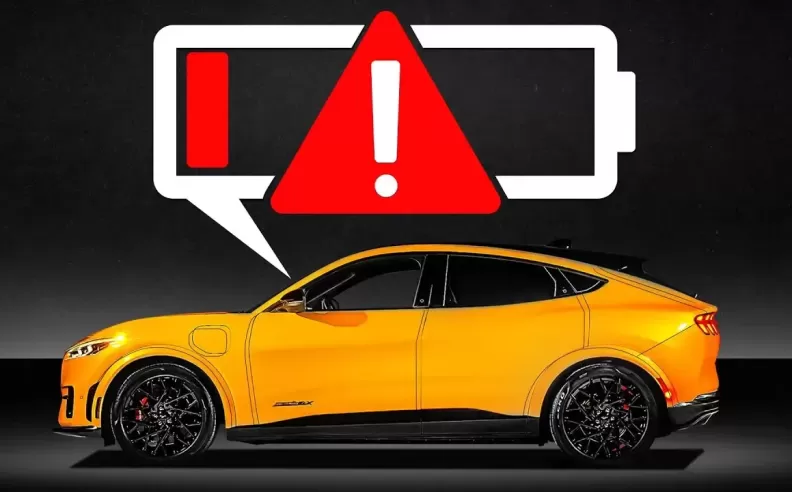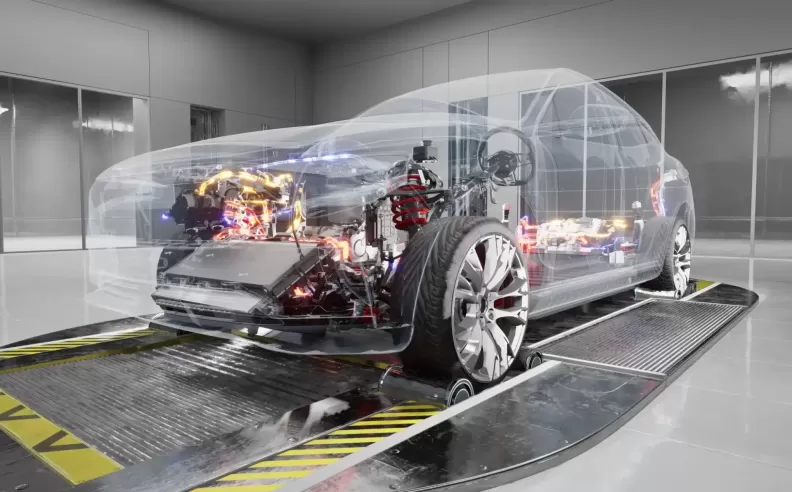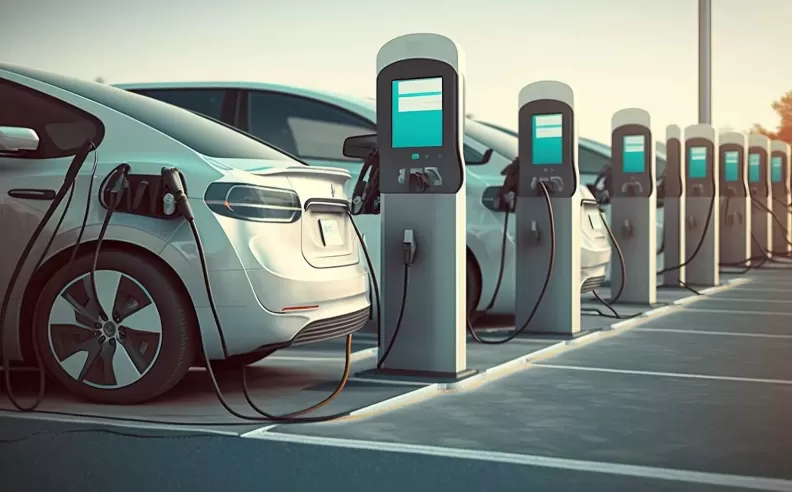
The electric vehicle (EV) revolution is in full swing, with a growing number of consumers making the switch to cleaner and more sustainable transportation options. One of the key considerations for EV owners is charging, and the debate between fast charging and slow charging has become a hot topic in the EV community. Each charging method has its own set of advantages and disadvantages, and understanding the differences can help EV owners make informed decisions about their charging needs.
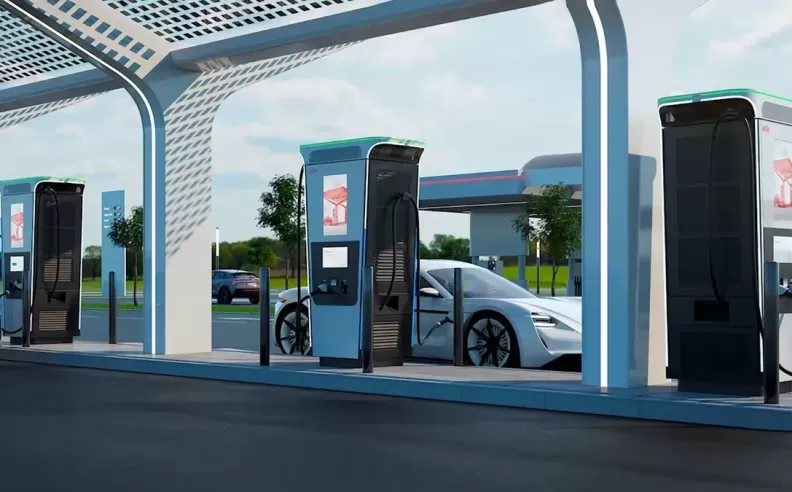
Fast charging, also known as DC (Direct Current) fast charging, is a high-powered charging method that can rapidly replenish an EV's battery. This technology is a game-changer for those who are constantly on the go and need to charge their EVs quickly. Fast chargers can deliver power at rates of up to 350 kW or more, allowing drivers to add significant range in a relatively short amount of time.
Advantages of Fast Charging:
Time Efficiency: Fast charging significantly reduces the time required to charge an EV, making it more convenient for long-distance travel or for those with busy schedules.
Enabler for Road Trips: Fast charging networks along highways make long-distance travel in EVs more practical, as drivers can stop and recharge quickly.
Convenience: EV owners can top up their battery during errands or lunch breaks without a significant time commitment.
However, fast charging also comes with its own set of limitations and considerations.
Disadvantages of Fast Charging:
Infrastructure Availability: Fast charging stations are not as widespread as slower chargers, and access can be limited in some areas.
Battery Degradation: Rapid charging can contribute to increased battery wear and tear, potentially reducing the lifespan of the battery over time.
Cost: Fast charging stations are often more expensive to install and maintain, which can lead to higher charging costs for users.
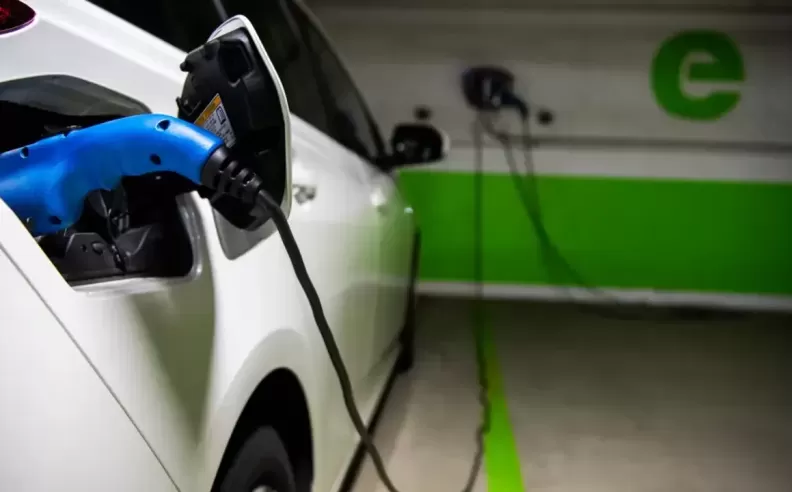
Slow charging, typically done with Level 1 or Level 2 chargers, operates at a much lower power output compared to fast charging. Level 1 chargers use a standard 120V household outlet, while Level 2 chargers utilize 240V outlets. Although it takes longer to charge an EV using slow charging methods, it can be a practical and cost-effective option for many EV owners.
Advantages of Slow Charging:
Cost-Efficiency: Slow chargers are less expensive to install and maintain, making them a budget-friendly option for residential use.
Battery Health: Slower charging rates are generally gentler on EV batteries, potentially extending their lifespan.
Home Charging: Level 2 chargers are suitable for home installation, allowing EV owners to charge conveniently overnight.
Disadvantages of Slow Charging:
Time-Consuming: Slow charging can be impractical for long trips or for EV owners with limited charging time during the day.
Limited Range: For EVs with smaller battery capacities, overnight charging may not provide sufficient range for daily use.
Public Infrastructure: Public Level 2 charging stations can still be less common than fast charging options, limiting accessibility in some areas.
The fast charging vs. slow charging debate in electric vehicles highlights the need for flexibility and balance in charging strategies. While fast charging is essential for long trips and quick top-ups, slow charging is an efficient and cost-effective option for daily use, promoting battery health and reducing infrastructure costs. Ultimately, the right charging approach depends on your specific circumstances and priorities as an EV owner. As EV technology continues to advance, we can expect more convenient and efficient charging options to emerge, further enhancing the EV ownership experience.

Wael is an automotive content writer specializes in creating written content for Motor 283. Producing a wide range of content, including blog posts, articles, product descriptions, reviews, and technical guides related to cars, trucks, motorcycles, and other vehicles, with an unprecedented passion for cars, and motorcycles.
